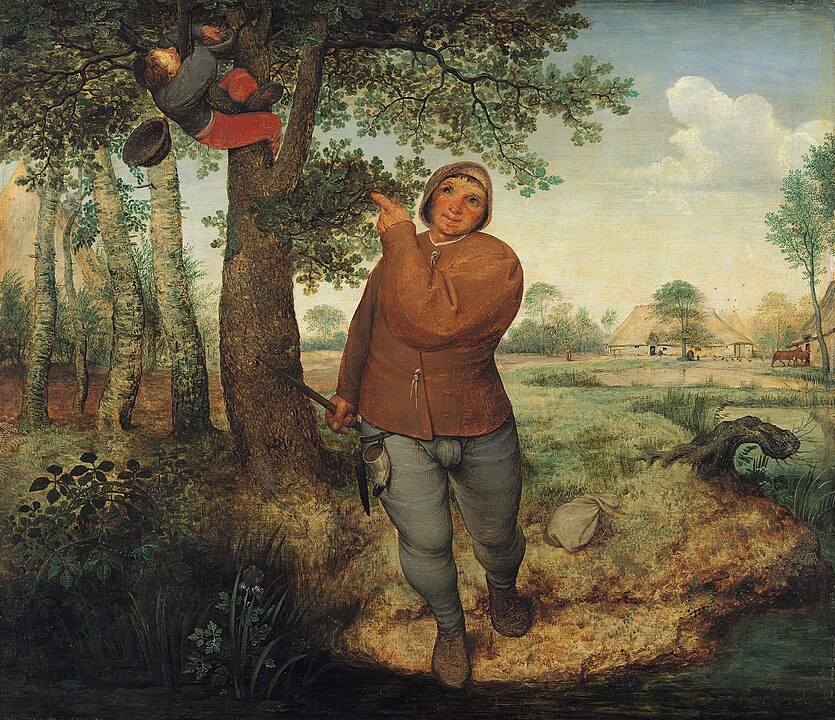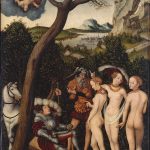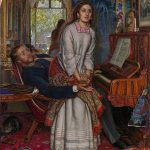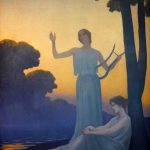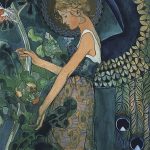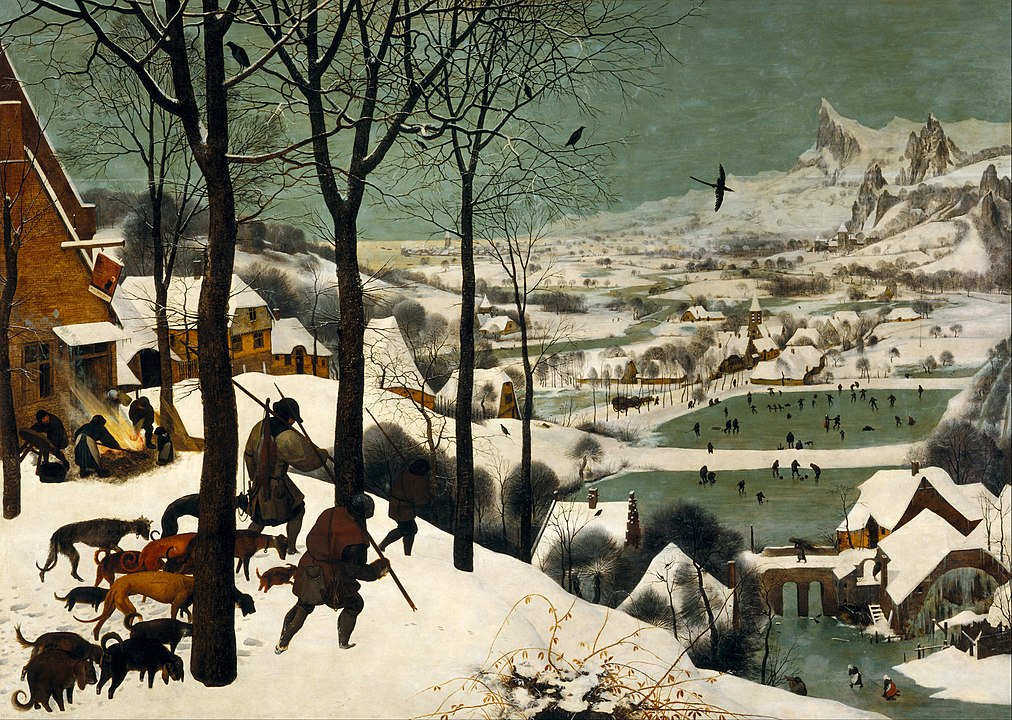
Pieter Bruegel the Elder (c. 1525-1569) was a Flemish Renaissance painter known for his detailed and realistic depictions of landscapes, peasant life, and religious themes. He was born in the Netherlands, most likely in the town of Breda or the village of Brueghel, near Breda. Bruegel’s works are celebrated for their intricate compositions, vivid colors, and keen observations of everyday life.
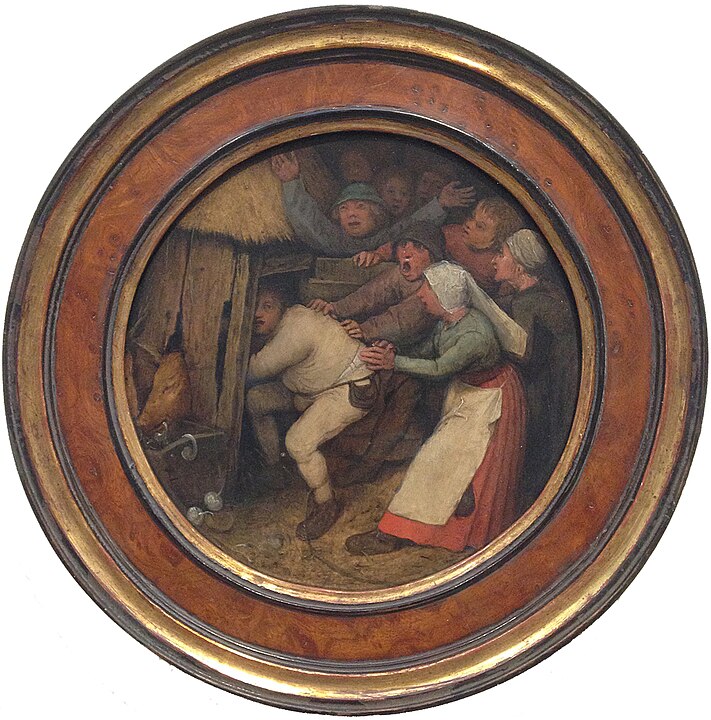
- Early Life: Bruegel likely studied under the Antwerp painter Pieter Coecke van Aelst. In 1551, he became a master in the Antwerp Guild of Saint Luke.
- Travel and Influences: Bruegel traveled extensively, and it is believed that he visited Italy, absorbing Renaissance artistic influences. His works show a fusion of Northern European and Italian Renaissance styles.
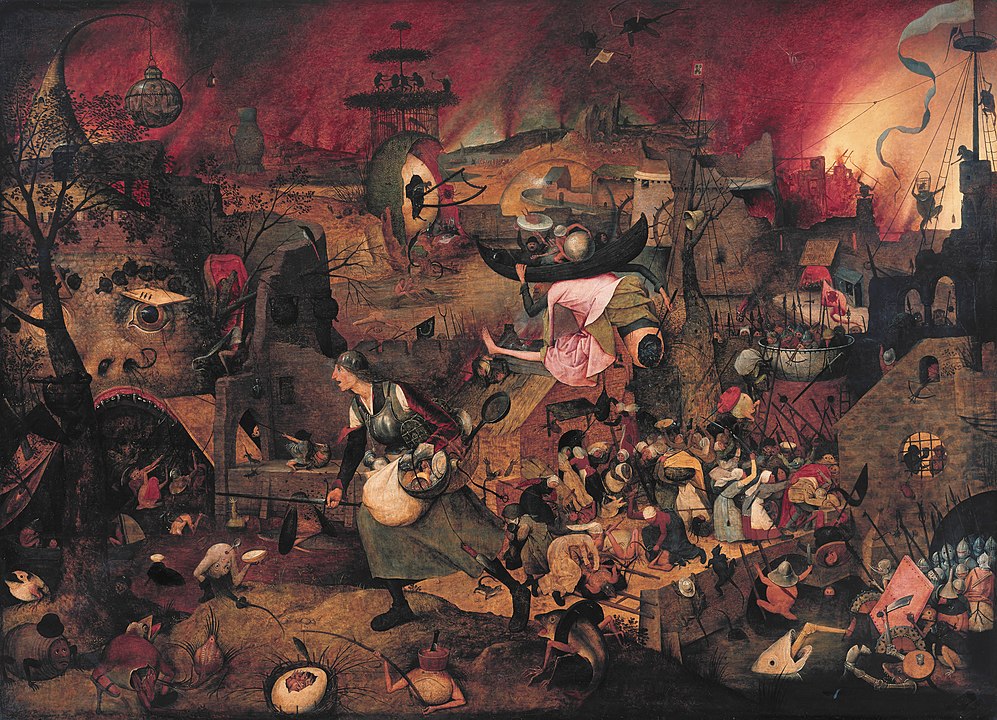
- Subjects and Themes: Bruegel’s paintings often depicted scenes from peasant life, landscapes, and religious or allegorical themes. His keen observational skills allowed him to capture the nuances of everyday activities in a detailed and often humorous manner.
- Innovative Landscapes: Bruegel was a pioneer in the depiction of landscapes. His landscapes, such as “The Hunters in the Snow” (1565), are characterized by their vastness, attention to detail, and atmospheric effects.
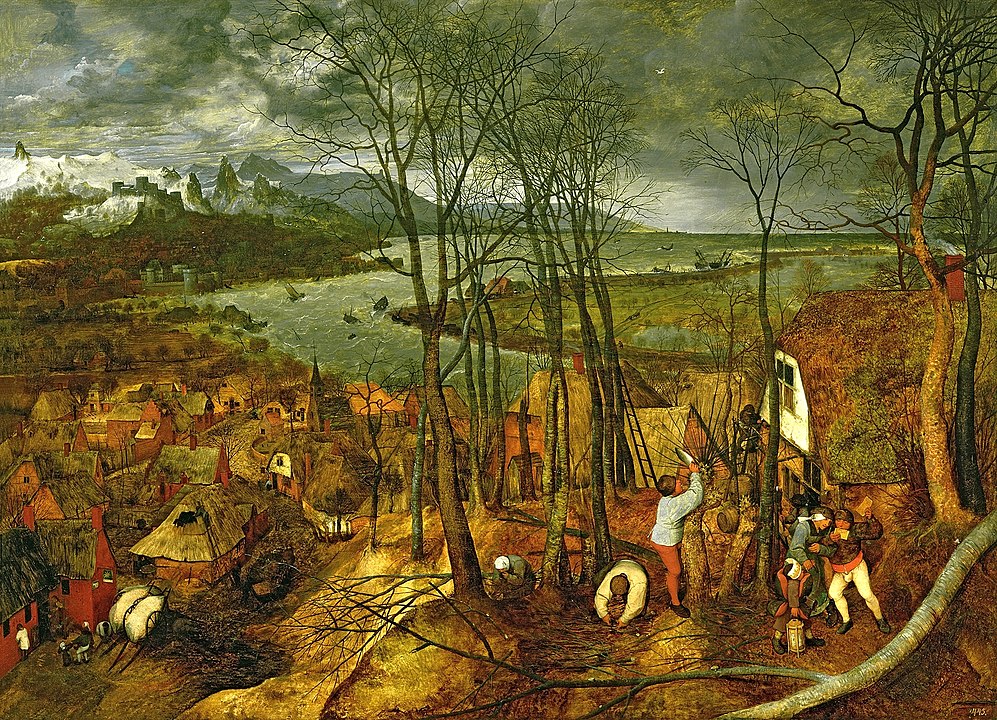
- Peasant Wedding Series: One of Bruegel’s most famous works is the series of paintings depicting peasant weddings, including “The Peasant Wedding” (c. 1567). These paintings provide a rich and detailed portrayal of rural life.
- Religious and Allegorical Works: Bruegel also created religious and allegorical paintings. “The Tower of Babel” (1563) is a notable example, illustrating the biblical story of the construction of the Tower of Babel.
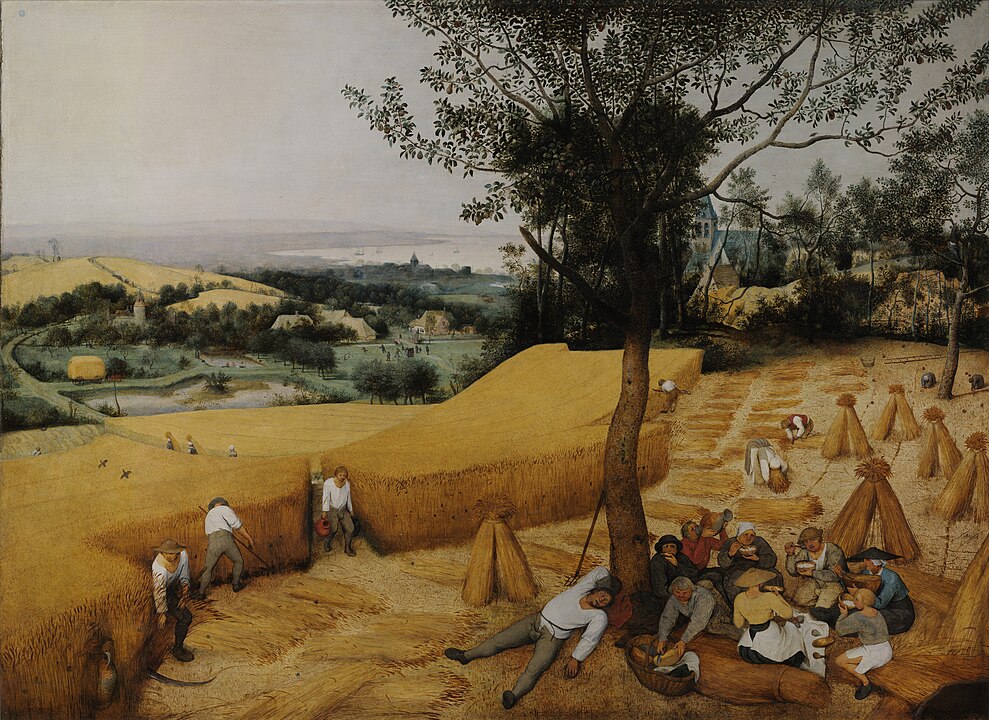
- Legacy: Pieter Bruegel the Elder’s influence extended beyond his lifetime. His sons, Pieter Bruegel the Younger and Jan Brueghel the Elder, continued his artistic tradition. Bruegel’s works also had a significant impact on later Dutch and Flemish painters, including the likes of Rembrandt and Peter Paul Rubens.
- Death and Burial: Bruegel died in Brussels in 1569. He was buried in the Chapel Church in Brussels, but the exact location of his grave is unknown.
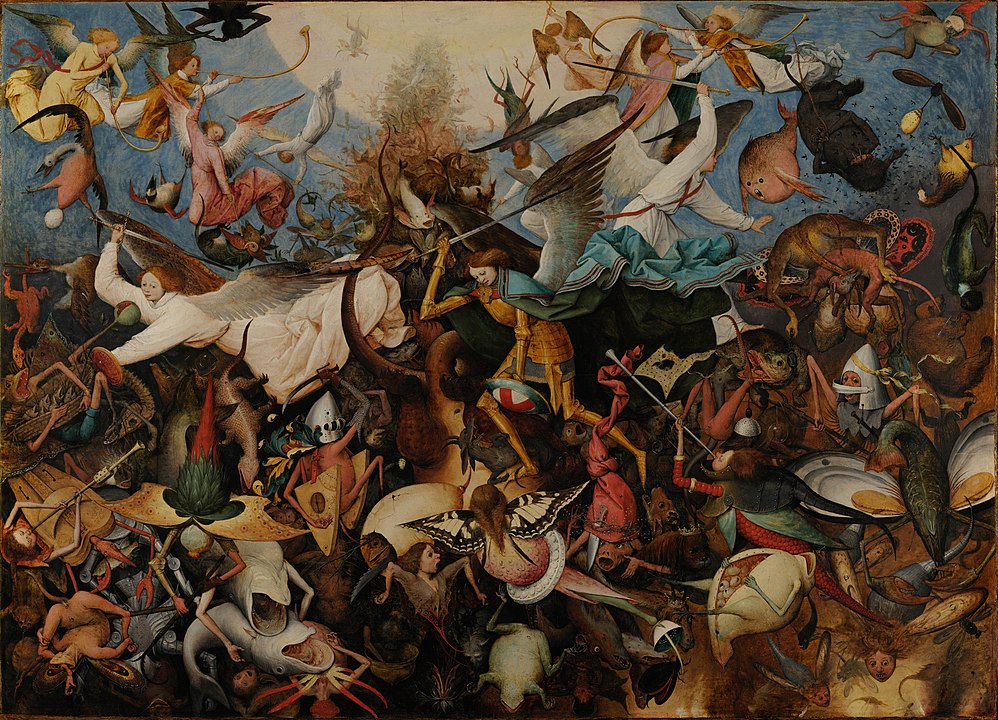
Pieter Bruegel the Elder’s contributions to art, especially in the realms of landscape painting and genre scenes, remain highly regarded. His ability to infuse everyday life with moral and allegorical significance, along with his technical mastery, has secured his place as one of the most important painters of the Northern Renaissance.
